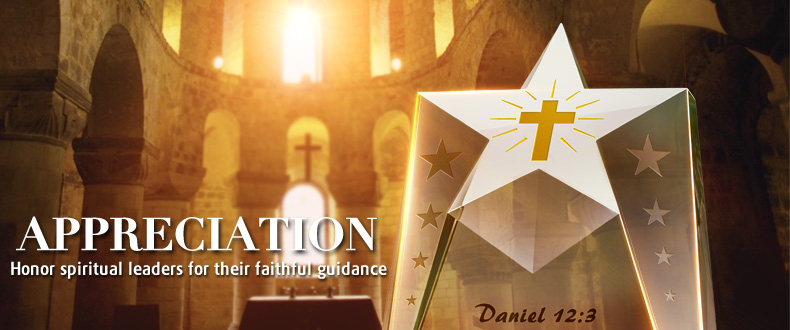The practice of baptism is in and of itself very symbolic. Cleansing a believer in pure water to denote the washing away of sins is an ancient practice, and the many symbols of baptism have similarly deep roots.
- Cross - To show that life will continues trials and a degree of evil.
- White Garment - A symbol of purity as well as a manifestation of the "new man." White symbolizes that the stain of Original Sin is no longer upon the child or adult whose soul is wiped clean by the sacrament of baptism.
- Oil Of Chrism - Embodies the seal of the Holy Spirit.
- Water – To remind us that it is God who gives us life. It symbolizes cleansing and purity and washes away our transgressions.
- Candle - Light, like water, is essential for life. It particularly symbolizes faith.
The History of Symbolism
You can trace the symbolic roots of baptism straight back to scripture. Bible stories feature the symbols of baptism prominently and interpret them much the same as we do today.
For example, the candle has been used to represent unwavering faith for centuries, even predating Christ. Holy Trinity Catholic Church wrote this about the paschal candle.
700 years before the birth of Christ, Isaiah the prophet told of a people walking in darkness seeing a great light. (Isaiah 9:1). Jesus announces to us that he is “the light of the world. Whoever follows me will not walk in darkness, but will have the light of life.” (John 8:12)
At Easter, the Paschal candle is lit as a sign of the risen life of Christ. This life is stronger than death. It cannot be put out but shines brightly in the world as a sign of hope and of the strength of love. At baptism, a small candle for each child is lit from the Paschal candle. The priest says, “Receive the light of Christ.” Parents are instructed to keep the light burning brightly and the flame of faith alive in their child’s heart.
For a complete understanding of baptism symbolism and where it originated, read the full piece here.


 Pastor & Wife Gift
Pastor & Wife Gift Trinity Appreciation Plaque
Trinity Appreciation Plaque Pastor Appreciation Gift
Pastor Appreciation Gift